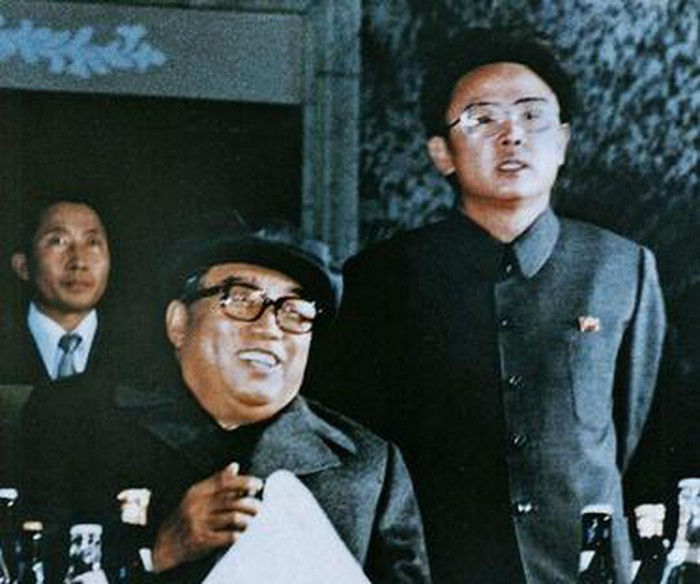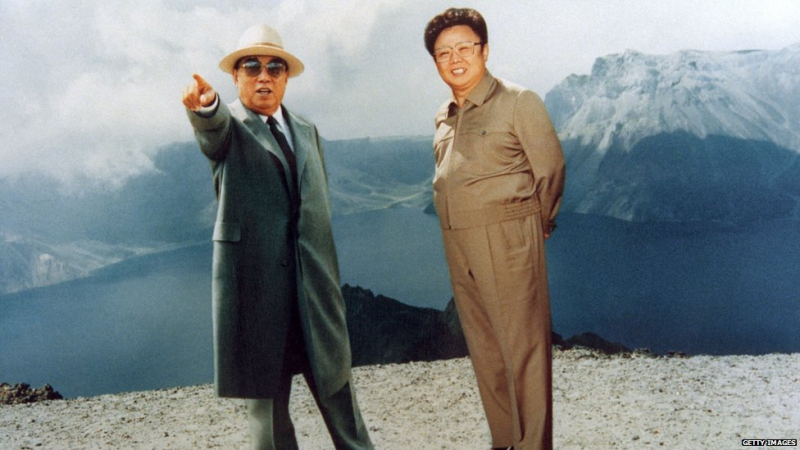Kim was designated his father’s successor - Kim Il-sung
In October 1980, Kim was formally named as his father's successor. He also held important positions on the Central Committee, the Politburo, and the Party Secretariat before being assigned command of the armed forces in 1990–1991. Kim Jong-il took over as de facto leader of North Korea after Kim Il-Sung passed away in 1994 from a heart attack. He was appointed KWP chairman in October 1997, and in September 1998, he formally took over as the position's highest-ranking official. The Supreme People's Assembly abolished the presidency, reserving for Kim Il-Sung the posthumous title of "eternal president," and the younger Kim was re-elected chairman of the National Defense Commission, a post whose authority was increased.
Kim made efforts to change North Korea's long-standing isolationist policy after taking power and as his nation dealt with famine and a suffering economy. Kim worked to strengthen ties with various nations in the late 1990s and early 2000s.
Additionally, he seemed to be abiding by the terms of a 1994 agreement (known as the Agreed Framework) between North Korea and the United States, under which North Korea would abandon its nuclear program in exchange for arranging for the construction of two nuclear reactors that could generate electricity by an outside party. The project's main contractor was South Korea.













